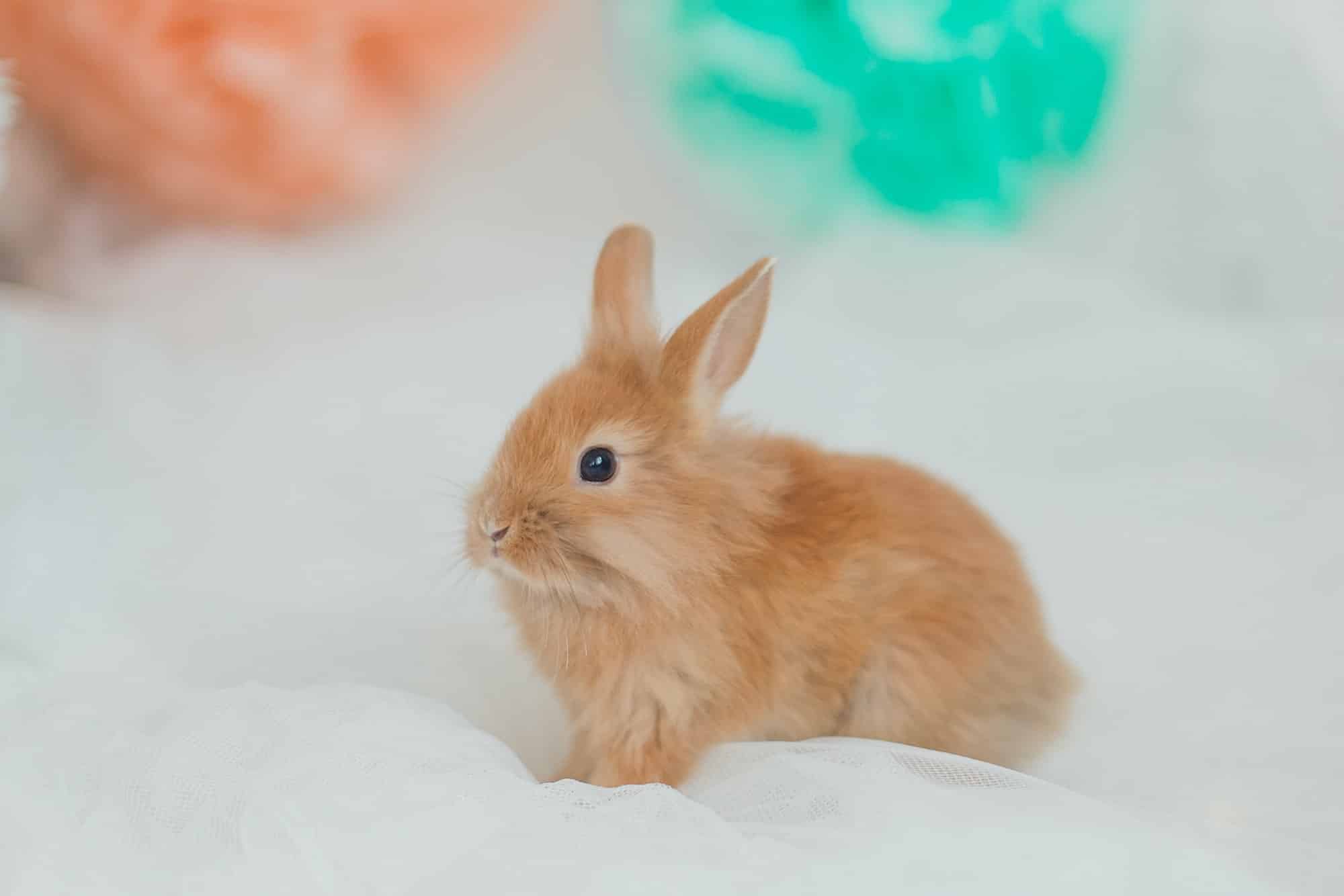Rabbits are amongst the most coveted pets worldwide, known for their playful nature, cute demeanor, and a variety of breeds each with unique characteristics. However, potential rabbit owners often wonder what the differences between these breeds are and their specific care requirements. Understanding these differences is key to ensuring your pet rabbit is healthy, happy, and well cared for. This article delves into some rabbit breeds, their distinguishing features, and their specific care needs with a particular focus on health, size, and physical attributes.
Understanding Rabbit Breeds: From the Tiny Dwarf to the Giant Lop
Rabbit breeds are incredibly diverse, with each breed boasting distinct characteristics. Ranging from the small and playful Dwarf breed to the larger and more docile Giant Lop, the rabbit breed you choose will have a direct impact on their care regimen.
Avez-vous vu cela : What Are the Best Techniques for Calming a Dog During Thunderstorms Without Medication?
Dwarf Rabbits: The Compact Pet
Dwarf rabbits are renowned for their small size, typically weighing in at less than 3 pounds. They possess round bodies with short, stubby legs and ears. This breed often comes in a variety of colors, including white, black, and brown. Their small size and playful demeanor make them an ideal pet for those living in compact homes or apartments.
Dwarf rabbits require a high-fiber diet to keep their digestive system healthy. They can eat a variety of fruits, vegetables, and hay, but it’s crucial to avoid foods high in sugar or carbohydrates. Dwarf rabbits also require mental stimulation, which can be achieved through toys, puzzles, and interaction with their owners.
A lire en complément : How to Safely Handle and Trim the Claws of a Skittish Cat?
Lop Rabbits: The Floppy-Eared Friend
Lop rabbits are easily identifiable by their signature floppy ears, which droop down on either side of their face. They vary in size, with the Mini Lop weighing around 6 pounds and the larger English Lop reaching a hefty 12 pounds. Their fur colors also differ, but they commonly appear in white, brown, and black.
Lop rabbits require regular grooming due to their longer fur, and their large ears need to be checked routinely for infections. This breed is relatively active and will need a larger living space to hop around and explore. They follow a diet similar to Dwarf rabbits, focusing on high fiber foods like hay and vegetables.
The Giant Breed: A Larger-Than-Life Companion
Among the largest of rabbit breeds, the Giant breed stands out. With its average weight exceeding 12 pounds, it definitely commands attention. The most well-known of these is the Flemish Giant that can weigh up to 20 pounds.
Giant breeds require a considerable amount of space to move around. Their cages or playpens need to be spacious, and they must be given ample time outside the cage to exercise. Their diet is similar to other breeds but in larger quantities due to their size. These bunnies also need more grooming, as their size translates to more fur to manage.
Health Concerns Across Different Rabbit Breeds
While every rabbit breed has its unique features and care needs, they all share some common health concerns. Dental problems, obesity, and gastrointestinal stasis are a few health issues that can affect rabbits. Regular vet check-ups are recommended to keep these issues at bay.
Different rabbit breeds have different lifespan expectancies. Dwarf and Lop rabbits generally live between 7-10 years, while Giant breeds have a shorter lifespan, typically around 5-8 years. It’s important to take breed lifespan into consideration when choosing your rabbit to ensure you are prepared for the commitment.
Deciding on the Right Rabbit Breed for You
Choosing the pet rabbit breed that will best suit your lifestyle and environment is essential. All bunny breeds require love and attention, but the amount of space, grooming, and diet varies. Consequently, your lifestyle, home size, and personal preferences will play a significant role in determining the right breed for you. Remember, owning a rabbit is a long-term commitment that requires dedication, patience, and a lot of love.
Breed-Specific Characteristics: From Netherland Dwarf to Flemish Giant
Rabbit breeds, much like their human counterparts, come in all shapes, sizes, and temperaments. Two breeds that starkly contrast each other are the petite Netherland Dwarf and the gigantic Flemish Giant.
Netherland Dwarf: The Pocket-Sized Companion
The Netherland Dwarf, as the name suggests, is one of the smallest rabbit breeds, usually weighing less than 2.5 pounds. They are popular pets due to their compact size and expressive eyes.
Despite their small size, these rabbits need a surprisingly large amount of space to move around and play. They also require a diet high in fiber, as with all rabbit breeds, focusing on hay, leafy greens, and a small amount of pellets.
Netherland Dwarfs, like other rabbits, are prone to dental issues and sore hocks due to their small size and delicate bone structure. Regular vet visits can help combat these concerns and ensure your rabbit stays in top shape.
Flemish Giant: The Gentle Giant
On the other end of the spectrum, we have the Flemish Giant, the largest rabbit breed recognized by the American Rabbit Breeders Association. These rabbits can weigh up to a staggering 20 pounds and require a substantial amount of space to exercise and play.
Despite their imposing size, Flemish Giants are known to be gentle and laid-back pets. They require a diet similar to other breeds, focusing on hay and vegetables, but in larger quantities due to their size. Due to their large size, these rabbits require regular grooming to prevent matting and skin issues.
As with all large breeds, Flemish Giants are more prone to health issues such as arthritis and heart disease. Regular check-ups with your vet are crucial to catch any potential issues early.
Conclusion: The Best Rabbit Breed for You
Choosing the right rabbit breed for your home is a decision that should not be taken lightly. Each breed has its own unique attributes and care requirements. From the small and playful Netherland Dwarf to the large and docile Flemish Giant, the rabbit breed you choose should be one that best fits your lifestyle.
Remember, regardless of the breed, all rabbits need a balanced high-fiber diet, daily exercise, regular grooming, and vet check-ups. Providing proper care and dedication will help ensure that your pet rabbit lives a long, healthy, and happy life.
We hope this article has helped you understand the differences in care needs between various rabbit breeds. Whether you opt for a compact dwarf rabbit or a grand Flemish giant, remember that each rabbit is a unique individual with its own personality. So, give your pet rabbit the love and care they deserve, and they will reward you with a lifetime of companionship and joy.






